Memory foam vs innerspring − what's the difference and which is best for you?
I've set memory foam vs innerspring mattresses head to head to help you work out which mattress type suits your sleep style
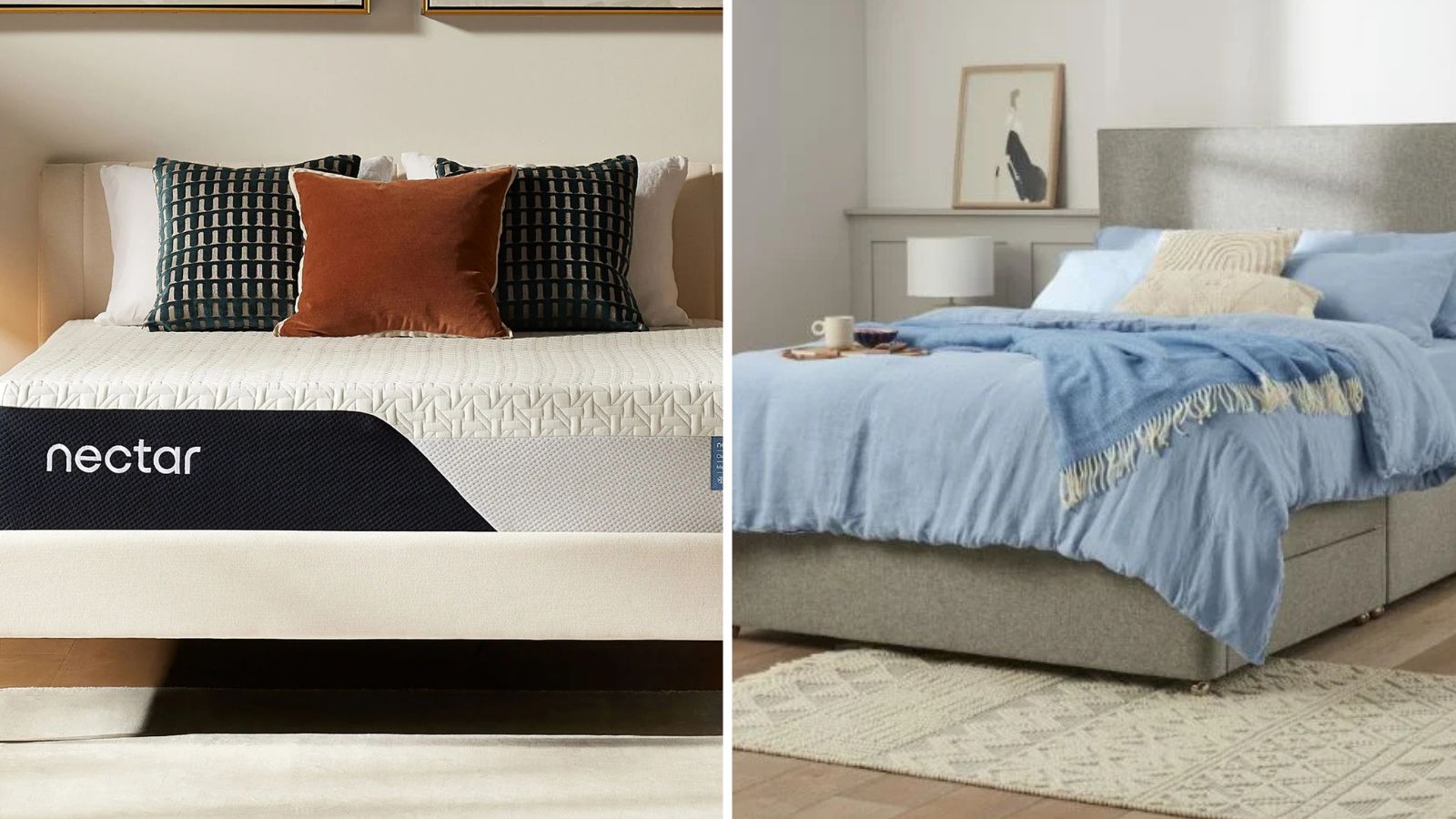

Out of all the mattress types, memory foam and innerspring models might have the least in common. The former is filled with viscoelastic foam, renowned for pressure relief and motion isolation, while the latter is lined with metal coils to create a firm surface and sturdy edge support.
Which mattress type is best for you depends on a host of factors, from how you tend to lie on the bed to whether you run warm or cool. To help you choose, I've evaluated memory foam vs innerspring mattresses, drawing on my first-hand, hard-won wisdom.
As the resident Sleep Editor at Homes & Gardens, I lead a team of expert testers in the search to find the world's best mattress. Together, we've tested a total of 30 mattresses, including a range of memory foam and innerspring models. I can tell you the pros and cons of each mattress type.
Memory foam vs innerspring − which is best for you?
Before we begin, it always helps to define our terms. I've outlined the difference between memory foam vs innerspring mattresses, using two of our top-rated models as examples: the Nectar Memory Foam Mattress and the Saatva Classic Mattress. For the sake of a fair fight, we assess each mattress against the same criteria: pressure relief; thermoregulation; motion isolation; and edge support. If you encounter any unfamiliar terms, you can cross-reference against my mattress jargon buster.
Memory foam vs innerspring − what's the difference?
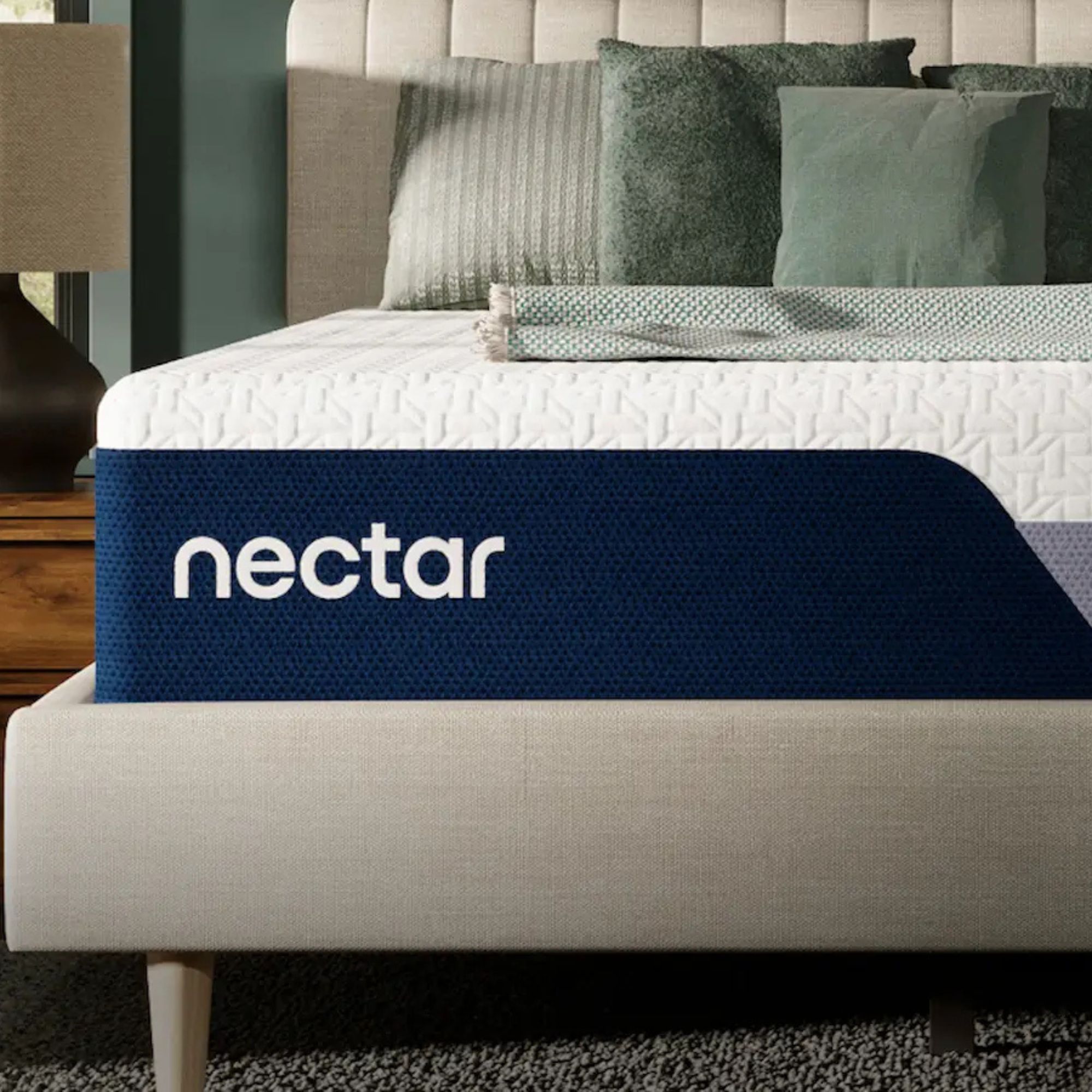
Comfort layer: Lower-density memory foam
Support core: High-density memory foam
+ Great for back pain
+ Excellent motion isolation
- Less breathable
A memory foam mattress feels squishy and supportive. Filled with polyurethane, also known as viscoelastic foam, memory foam is made to mold to the shape of your body and bear your weight to take the pressure off your joints.
Read the full review: Nectar Memory Foam Mattress
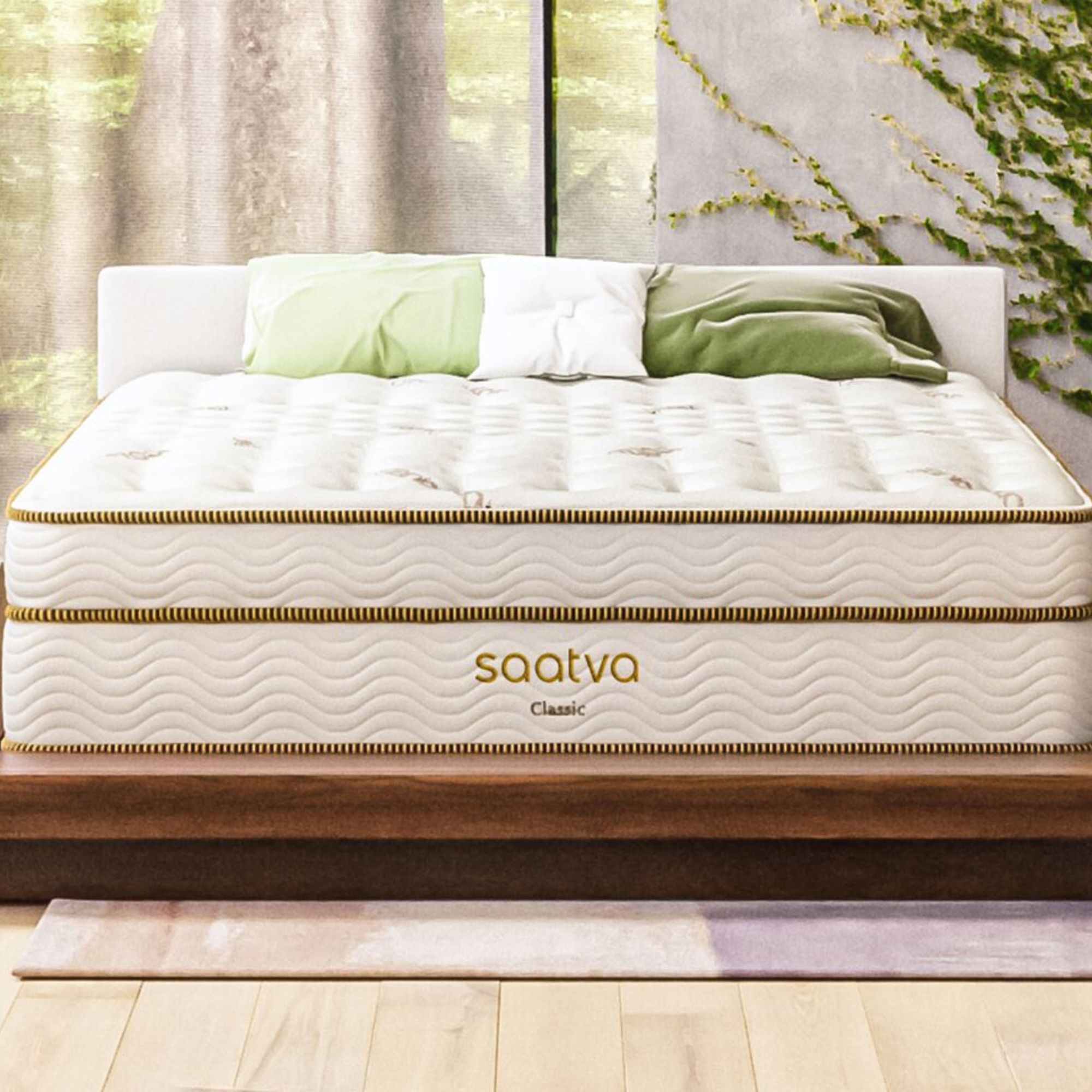
Comfort layer: Wool and cotton
Support core: Metal coils
+ Firm support keeps your spine straight
+ Very breathable
- Some motion transfer
An innerspring mattress feels springy and responsive. Lined with hundreds or even thousands of metal coils, strategically positioned to better bear your weight, an innerspring mattress is made for firm support. This luxury innerspring features a pillow-top to take the edge off.
Read the full review: Saatva Classic Mattress
What you need to know about memory foam
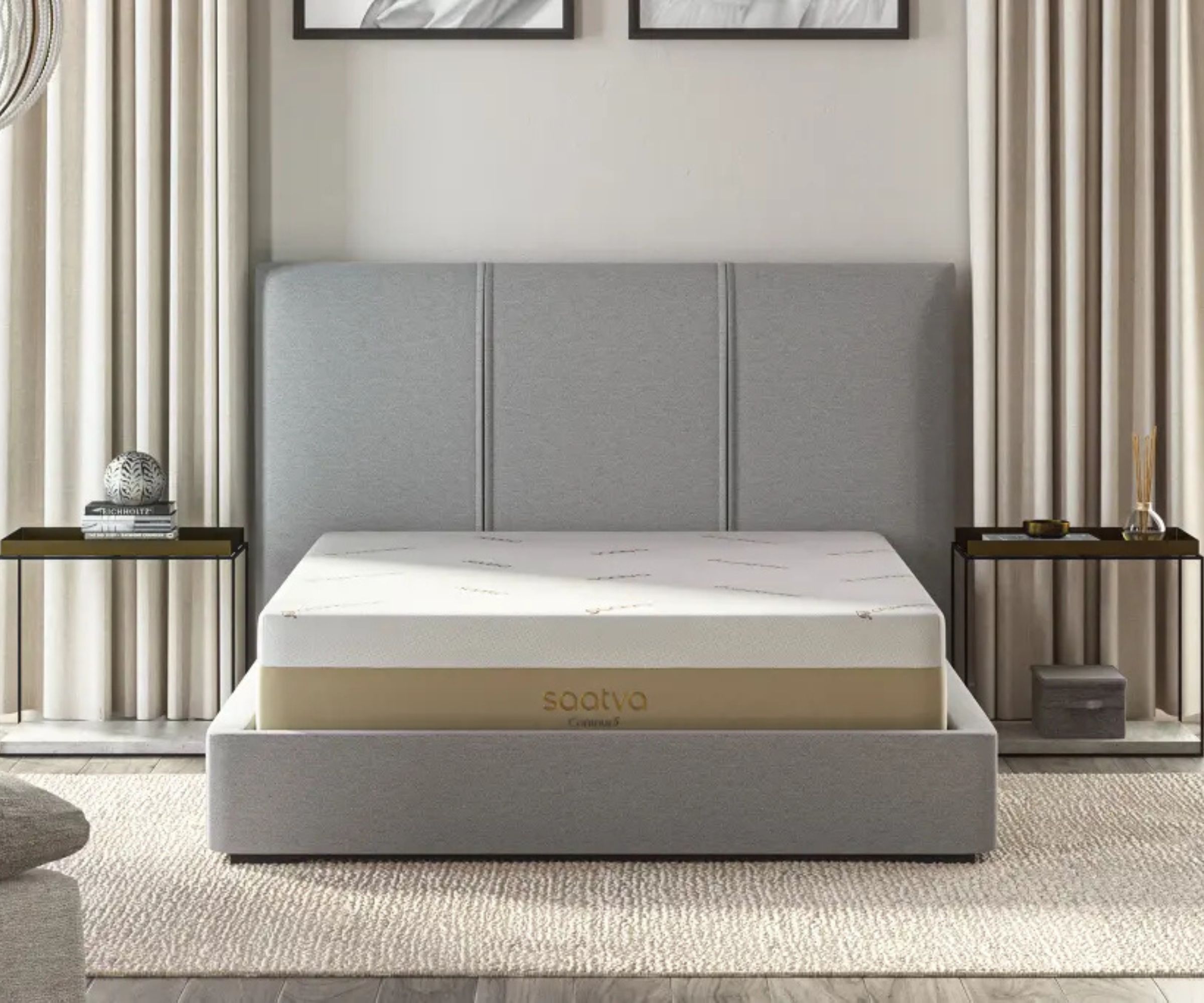
Memory foam started its life in a NASA lab, designed to absorb the G-force of astronauts traveling in space, which is why it offers excellent motion isolation.
When I wrote the Homes & Gardens mattress testing guidelines, I devised a motion isolation test to measure the levels of motion transfer through a mattress. I ask each expert to fill a glass with water, set it in the middle of the mattress, and apply pressure around it. The less the glass moves, and the less water spills, the better the motion isolation and the more suitable the mattress for couples and light sleepers. The trend indicates that memory foam offers the best motion isolation of any mattress type.
Memory foam is designed to cushion your joints, contouring to the shape of your body to help you achieve a feeling of weightlessness. That's why memory foam offers optimal pressure relief. Some of our expert testers live with chronic pain conditions, while almost all of us deal with niggling aches in our shoulders or lower backs. Out of all the mattress types, memory foam offers the best pressure relief.
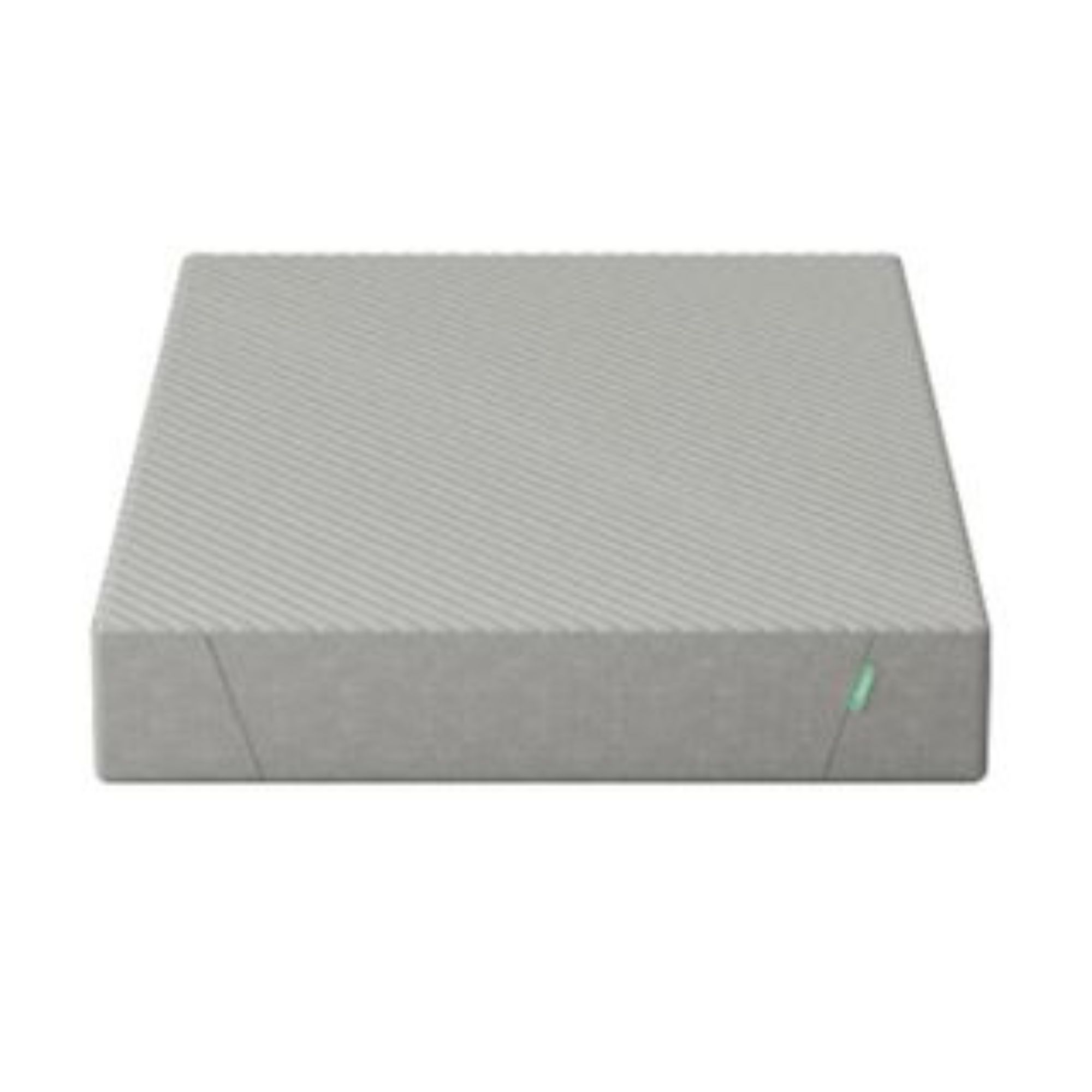
This is one of the best affordable mattresses on the market. According to our expert tester, Tonya Pendleton, 'the Siena Memory Foam Mattress has just enough give to cushion your neck and shoulders, but sufficient support to lift and lengthen your spine.' Still, you get what you pay for: the thermoregulation leaves something to be desired.
Read the full review: Siena Memory Foam Mattress
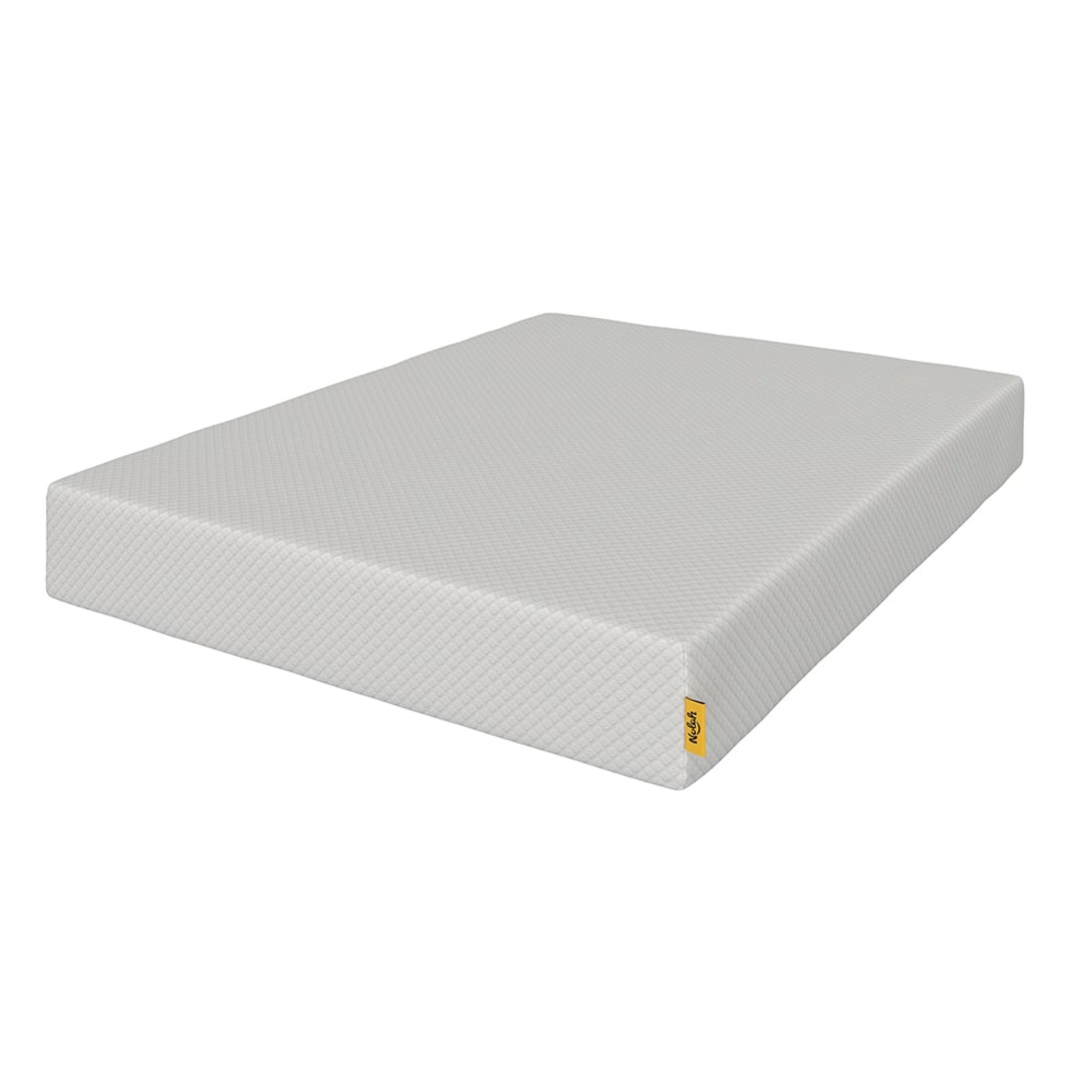
Nolah uses AirFoam, a special sort of memory foam featuring thousands upon of thousands of perforations, to boost breathability through their beds. 'I tested the Nolah Original Mattress through the summer and still managed to sleep cool,' says expert tester Jamie Davis Smith. 'I particularly appreciated the Tencel cover, which felt cool to the touch through my sheets.'
Read the full review: Nolah Original Mattress
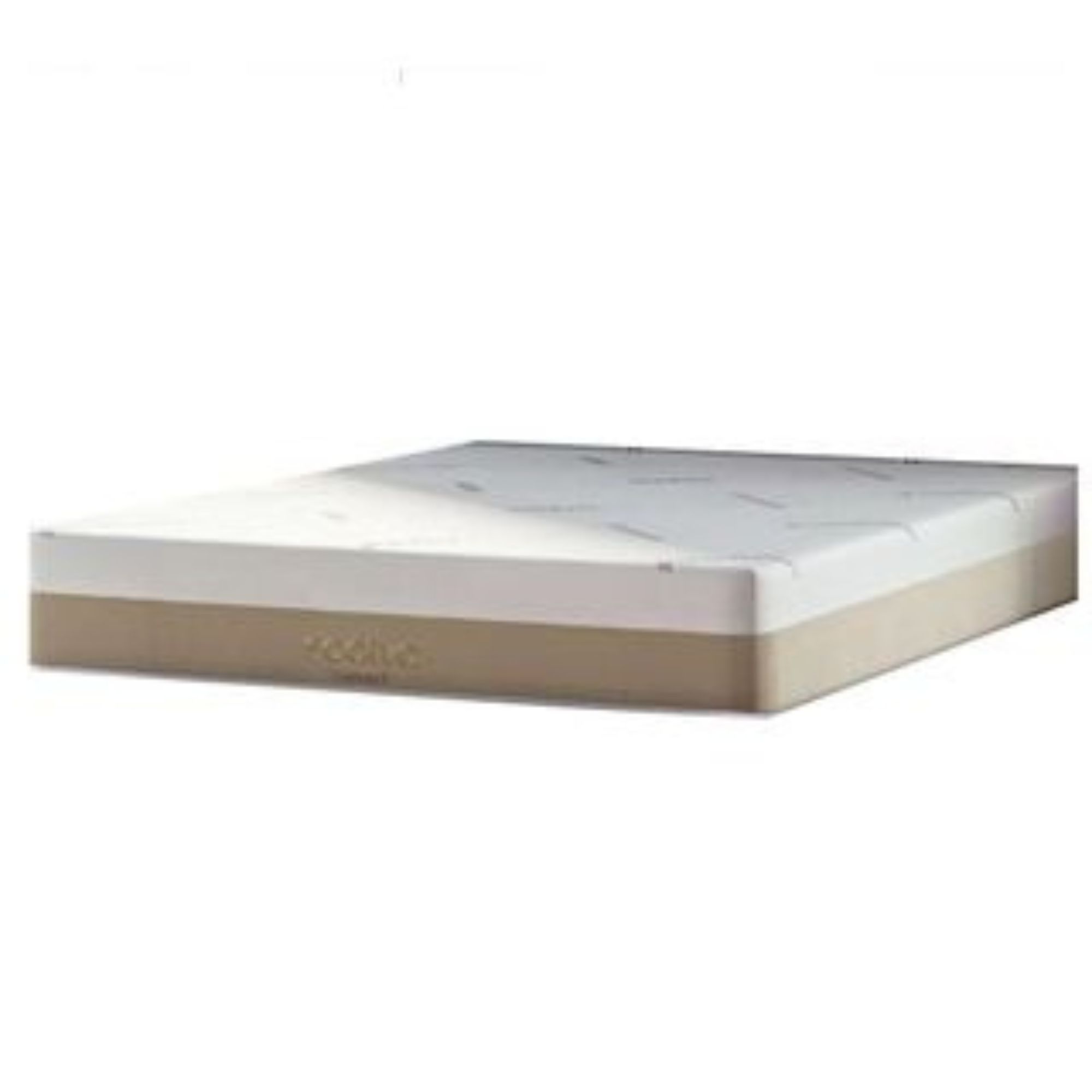
'This is the only memory foam mattress I've ever tested that delivers on comfort, cooling, and edge support,' says Alex Frost (one of our most prolific mattress testers, with eight reviews under her belt). 'The only thing I don't like about the Saatva Contour5 is the price. Otherwise, it gets top scores across the board.'
Read the full review: Saatva Contour5 Mattress
Early iterations of memory foam were known to trap heat: there isn't much room for air to flow through thick layers of dense foam. This leads to a build-up of heat and moisture and makes for uncomfortable sleep and an insanitary mattress. If you suffer from night sweats or hot flashes, I suggest you narrow the search to a gel memory foam mattress, which should keep you the right side of cool and dry, or else try an innerspring.
Your average memory foam mattress fails to deliver on edge support. I want to be able to sit on the side of my mattress to tie my shoes or get dressed in the morning. If you struggle with mobility, you might appreciate a little extra help getting into and out of bed in the morning. The best innersprings feature rows of reinforced metal coils for enhanced edge support, but you could also consider a memory foam mattress with high-density foam rails around the edge.
What you need to know about innersprings
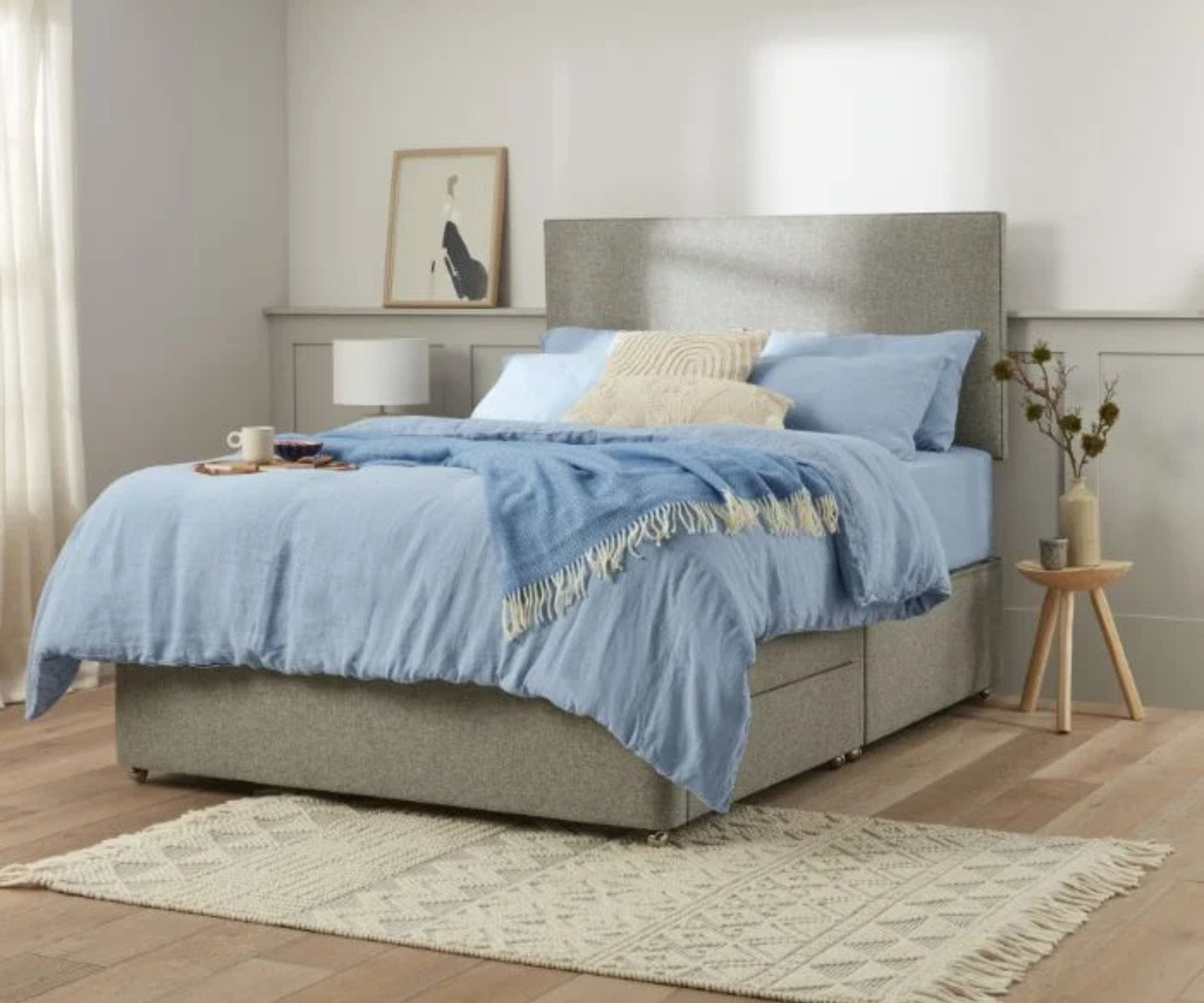
If you're a hot sleeper, I suggest you forgo foam and opt for an innerspring mattress. Every time you move around in bed, your innerspring coils will compress and depress beneath your body weight, pushing air through the mattress to dissipate heat. If you suffer from night sweats or hot flashes, it's worth browsing our buying guide for the best cooling mattress.
Where memory foam feels dense and squishy, an innerspring mattress feels firm and bouncy. If you sleep on your back or stomach, you'll likely prefer an innerspring mattress. Sometimes, when an old injury flares up, all I need is a night on a supportive innerspring to sort me out.
Pay special attention to the arrangement of the coils: some of the best innerspring mattresses feature ergonomic zones, offering targeted support to specific areas of your body. Your average innerspring is ringed with a row of reinforced metal coils for superior edge support, making it easier to get into and out of bed.
In comparison with memory foam, an innerspring mattress is often an eco-friendlier option. Narrow your search to innersprings that incorporate organic wool and cotton in their comfort layers and forgo synthetic fire retardants in favor of natural alternatives.
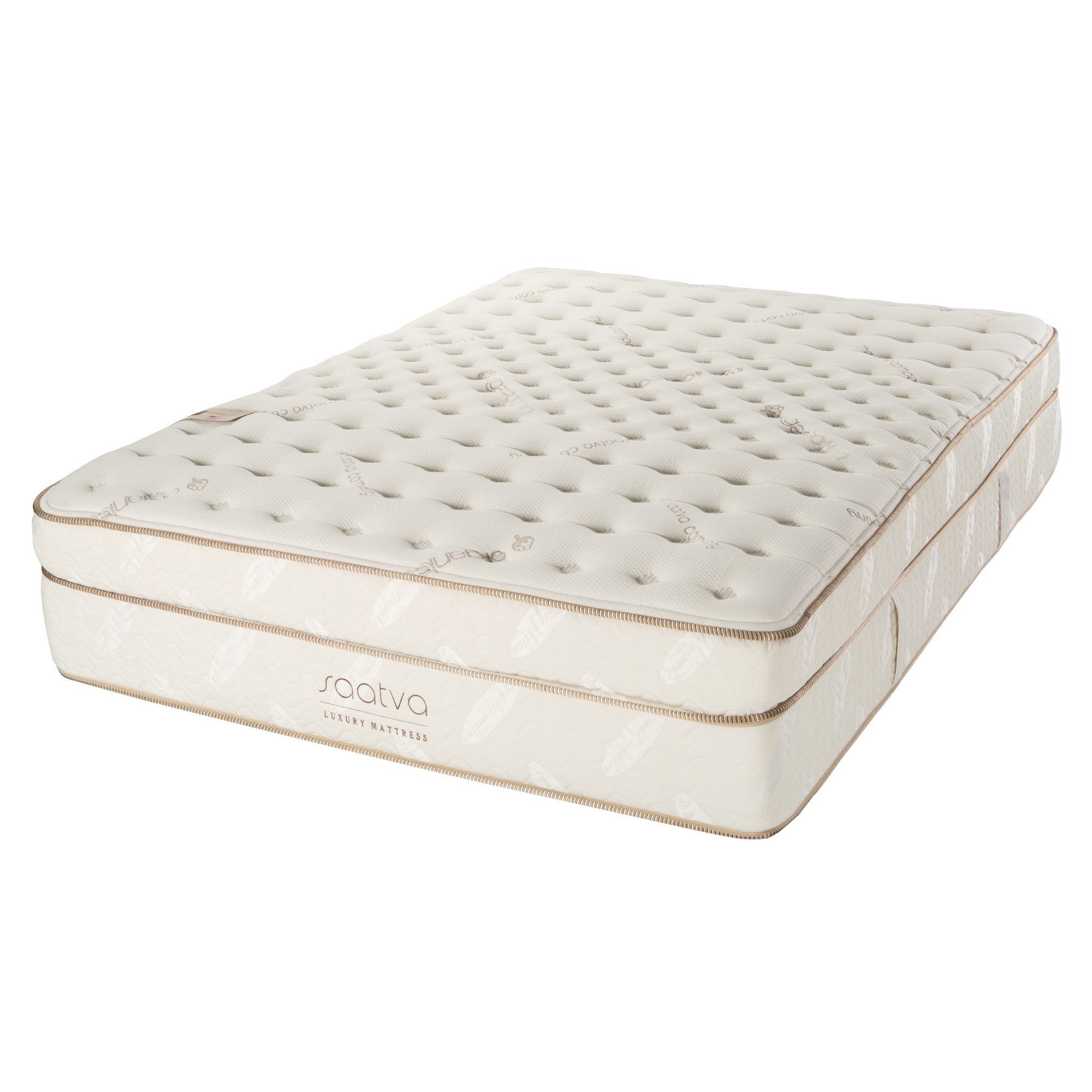
Out of the 30 mattresses we've tried and tested, the Saatva Classic comes out on top. This luxury innerspring is available in Plush Soft, Luxury Firm, and Firm to suit all sleep positions. 'The built-in Euro-top adds immediate cushion and plushness for a luxury feel that has me quickly drifting off to sleep,' says expert tester Jaclyn Turner.
Read the full review: Saatva Classic Mattress
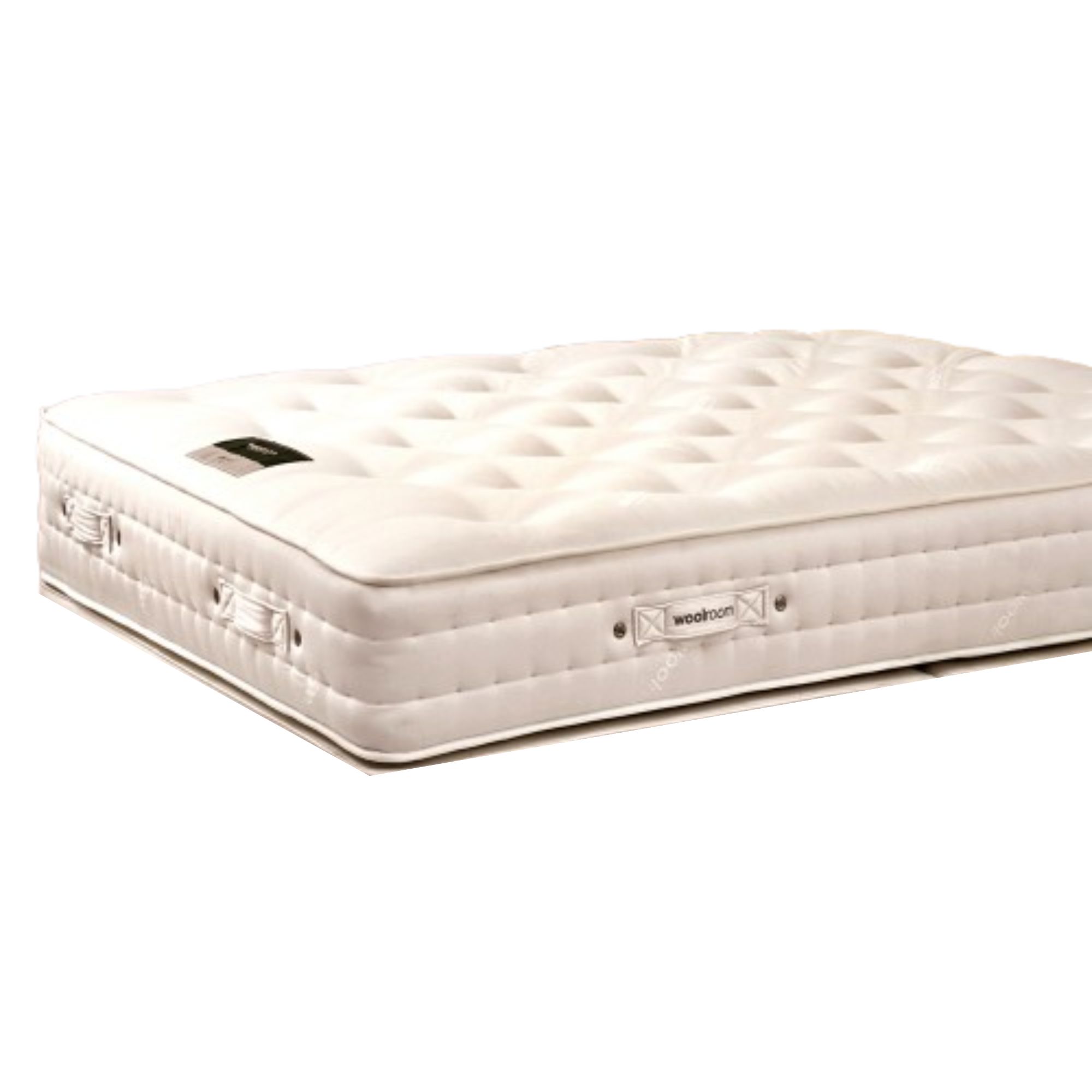
Woolroom uses organic wool and cotton to boost the breathability of their innerspring mattresses. In particular, wool is a natural moisture-wicker, able to hold up to 33% of its weight in water (or sweat) to keep your bed and your body cool and dry. This is a great option if you suffer from night sweats or hot flashes.
Read the full review: Woolroom Hebridean 3000 Mattress
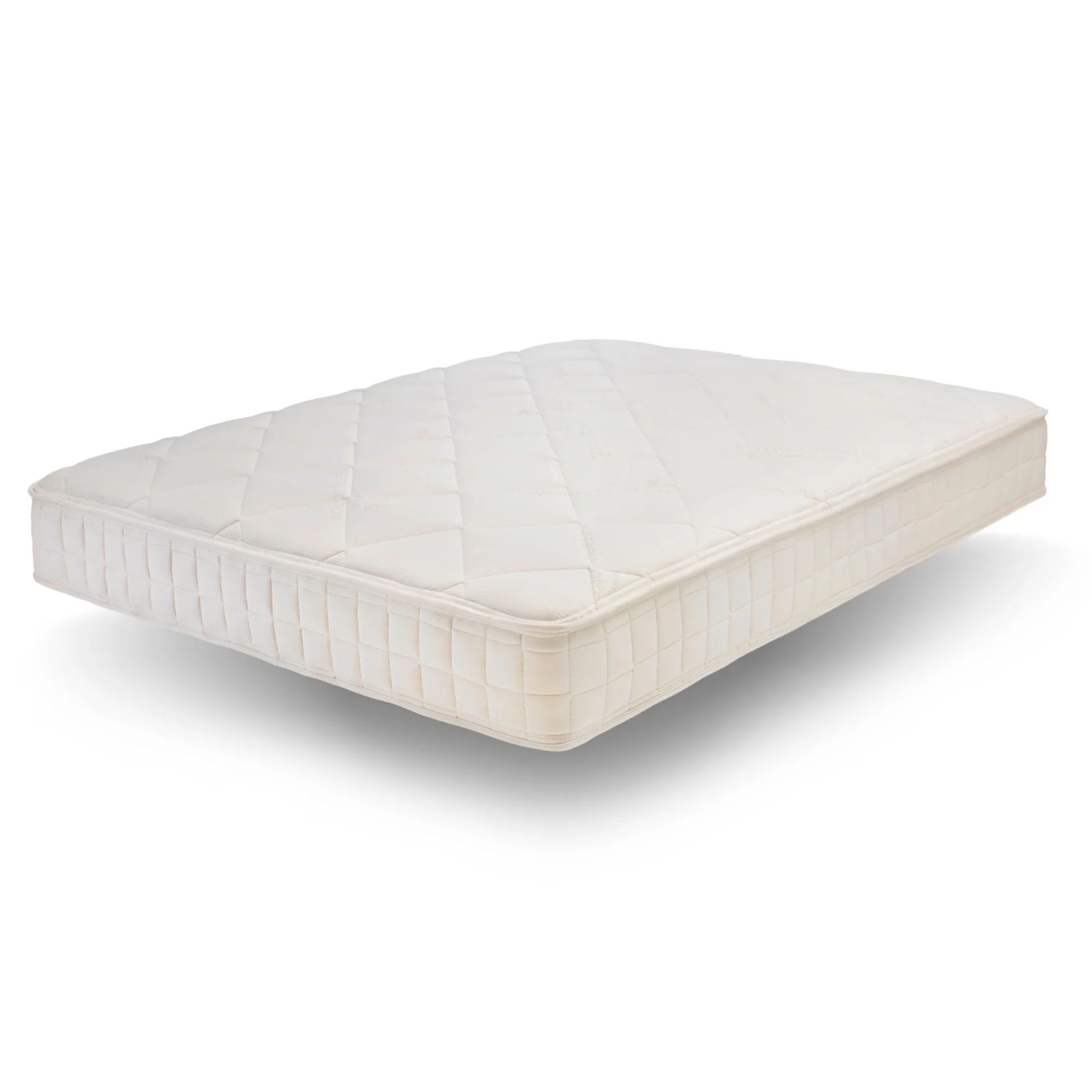
This organic innerspring is totally free from polyfoams, flame retardants, and toxic materials. Founded on stainless steel springs for support and topped with thick, fluffy layers of wool and cotton, the Naturepedic Chorus Mattress is a great option for eco-conscious shoppers, hot sleepers, and anyone who appreciates a firmer surface.
Read the full review: Naturepedic Chorus Mattress
A little bounce in your bed makes it easier to switch positions in your sleep, though not everybody enjoys the feeling of motion transfer. If you're a light sleeper, or you share a bed with a pet or partner who moves around in the night, you might appreciate the motion isolation of memory foam. Alternatively, you could explore pocket sprung mattresses, where individual coils are encased in wool or cotton to minimize motion transfer.
An innerspring mattress might be a more supportive option, but it isn't quite as comfortable as a memory foam mattress. If you appreciate the sinking feeling you get from a plush mattress, then you might not like the feeling of an innerspring.
If you're in need of pressure relief, or you simply prefer a softer surface, try a memory foam mattress. There are some excellent affordable models on the market. Any money you save, you can spend on cooling accessories to counteract the heat.
If you sleep on your back or stomach or you'd appreciate some sturdy support, I recommend an innerspring mattress. It's a classic for a reason and you could get as much as a decade's good use out of your innerspring if you take care of it.
Sign up to the Homes & Gardens newsletter
Design expertise in your inbox – from inspiring decorating ideas and beautiful celebrity homes to practical gardening advice and shopping round-ups.

Emilia is our resident sleep writer. She spends her days tracking down the lowest prices on the best mattresses and bedding and spends her nights testing them out from the comfort of her own home. Emilia leads a team of testers across America to find the best mattress for every sleep style, body type, and budget.
Emilia's quest to learn how to sleep better takes her all around the world, from the 3Z mattress factory in Glendale, Arizona to the Hästens headquarters in Köping, Sweden. She's interviewed luxury bedding designers at Shleep and Pure Parima, as well as the Design Manager at IKEA. Before she joined Homes & Gardens, Emilia studied English at the University of Oxford.
You must confirm your public display name before commenting
Please logout and then login again, you will then be prompted to enter your display name.
-
 Gwyneth Paltrow's quiet luxury kitchen is so beautiful, we almost overlooked her ultra-smart cabinets – they make the use of 'every inch' of storage space
Gwyneth Paltrow's quiet luxury kitchen is so beautiful, we almost overlooked her ultra-smart cabinets – they make the use of 'every inch' of storage spaceThe Goop founder makes use of dead space in her kitchen with customized cabinetry that reaches to the ceiling, providing ample storage
By Hannah Ziegler
-
 Martha Stewart's intelligent cabinets 'take every inch into consideration' – their 'visually light' style will solve your small kitchen storage problems
Martha Stewart's intelligent cabinets 'take every inch into consideration' – their 'visually light' style will solve your small kitchen storage problems'Every kitchen can be beautiful and functional, no matter what the size': 9 years since sharing her clever storage, Martha's cabinets are just as beautiful
By Megan Slack